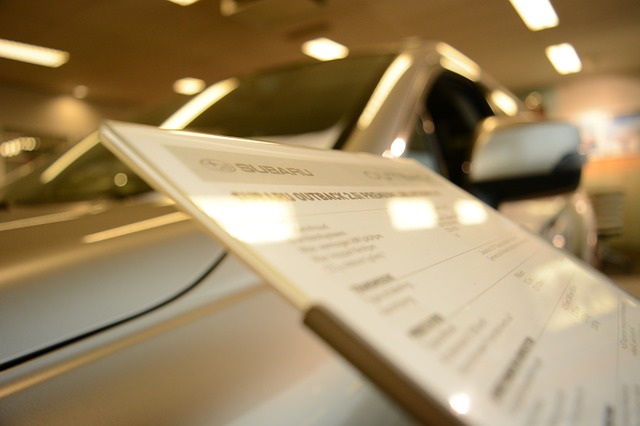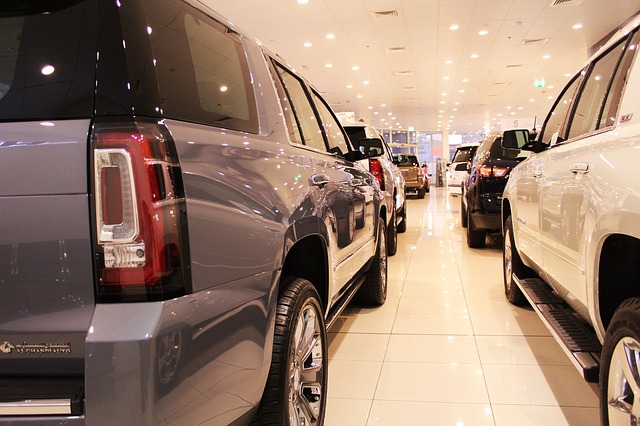Drive away deals are one of the most prominent forms of advertising to encourage motorists to step into a new vehicle. What new car buyers should be mindful of, however, is that when they see a vehicle’s price out in the car yard, it is likely this price tag does not include the relevant on-road costs. Once these expenses are considered, what started as a bargain could quickly lose appeal.
As a start, it’s necessary to understand that on-road costs are the additional expenses required to be paid to take the vehicle from the showroom and into your possession on the streets. This includes stamp duty, compulsory third party insurance, dealer delivery charges, and if applicable, the luxury car tax.

Stamp Duty
Stamp duty goes by various names depending on the location. It involves a fee based on the price of the vehicle. Depending on where the vehicle is purchased, the fee may also be influenced by the environmental performance of the car.
As a general rule, the more expensive your car, including any added options, the more you’ll be paying in stamp duty. Because of this, it’s less common to see this expense covered within the price tag for high end, luxury vehicles.
It varies by state and territory with the NT being the cheapest for a mid-range passenger car and for overall on road costs, WA takes the trophy for the most expensive.
Compulsory Third Party Insurance (Registration)
Compulsory third party insurance indemnifies a driver for compensation in the event of injury or death in which they are at fault in a traffic accident. This form of coverage does not cover asset or property related damage, nor fire and theft, which is where vehicle comprehensive insurance plays a role.
In most states and territories, compulsory third party insurance is included in the price of your vehicle registration. Therefore, before you can drive your new car on the road for the first time, you must ensure your registration is paid each year when it is due for renewal.

Dealer Delivery Charges
This covers the administrative work that a dealership undertakes in order to prepare a vehicle for its new owner. Charges might include things like washing the vehicle, completing the relevant paperwork, applying number plates, and other similar tasks. This is the one area where dealers can make their margins on a sale, which also means motorists have scope to negotiate this down as much as possible.
Luxury Car Tax
Last but not least, motorists are required to pay a luxury car tax of 33c for every dollar when they import a luxury vehicle that is above a certain price threshold.
As of FY23/24, the tax is applicable where the purchase price of the vehicle exceeds $89,332 for a fuel efficient vehicle, or, $76,950 for other types of vehicles. It’s rare for a dealer to offer to foot the bill on this expense as there are no concessions or discounts available, and it would come straight from a dealer’s bottom line. Stay alert to any other levies imposed by different states and territories.
Other Considerations
While a luxury car tax might be an exception, dealers do often take it upon themselves to ‘pay’ other on-road costs on behalf of motorists. This is usually marketed as a way of passing cost ‘savings’ to new car buyers, as well as a matter of convenience.
Why so generous you might ask? Dealers don’t pay the same price for some of these expenses that you or I do. Another point that is often misunderstood is that insurance costs still need to be organised by a new car buyer. The biggest lesson is, look into the fine print and see exactly who is paying what.
The Fincar team is here to help you with all your financing needs. Contact us today to help arrange your next car or equipment loan.
